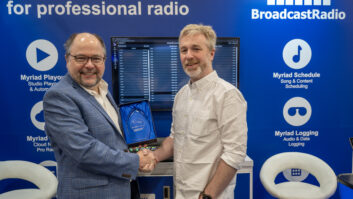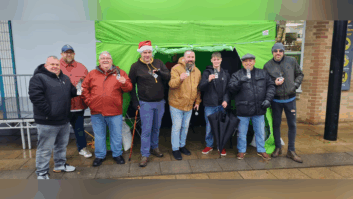Radio World Buyer’s Guide articles are intended to help readers understand why their colleagues chose particular products to solve various technical situations. This month’s articles focus on codecs and STL systems.
In June of this year, to mark “The Day of the Composer,” technology consulting and sales firm Yourside was tasked by film and animation agency Postmen to facilitate a 10-hour “New Music Now-Express” livestream broadcast. It was to be done on board “de Karel,” a 1970-vintage Mat’64 railroad train that runs through the Netherlands. The project included live broadcasting, delivery for recording and video editing.

“We didn’t want to develop a big technical setup. Having an AEQ Phoenix Venus audio codec in the studio already, we thought it might be a good occasion to try the new Smartalk, a cloud-based audio codec system,” said Harm Van Houten of Yourside Broadcast Assistance.
Smartalk is AEQ’s new tool for the connection between a guest’s PC, tablet or mobile phone and a designated Phoenix audio codec in the studio.
“We thought that because the Dutch rail network trains have 3G/4G Wi-Fi, the connectivity for using Smartalk should be enough. And that was it. This solution allows us to have high-quality audio and low delay, without the need to have an audio codec or specific applications installed.”
The audio from the sound system on the train was mixed and sent to the remote production and broadcast location in Utrecht. Over the same link, IFB was sent back to the train for the talent’s in-ear.

“For this audio transmission, we used AEQ’s Smartalk on a Mac with an external audio card. The signal was received in Utrecht on the AEQ Phoenix Venus audio codec.”
Van Houten said the system worked well and should find future uses. “It will be perfect for when we need to get an immediate interview or report, and the technician does not have to travel and there is no possibility of bringing an audio codec. We’re sure that we will use it a lot in the future. We’re looking forward to testing the system with the new generation of Pheonix Venus Audio codecs, Venus 4 with IP connectivity and two simultaneous bidirectional stereo transmissions, SIP protocol, as well as Opus algorithms, configuration aid tools and remote control.”
You can read about other technical aspects of this unusual remote project here.







